The Ultimate Guide to Cleaning & Maintaining Your Stainless Steel Food Service Equipment
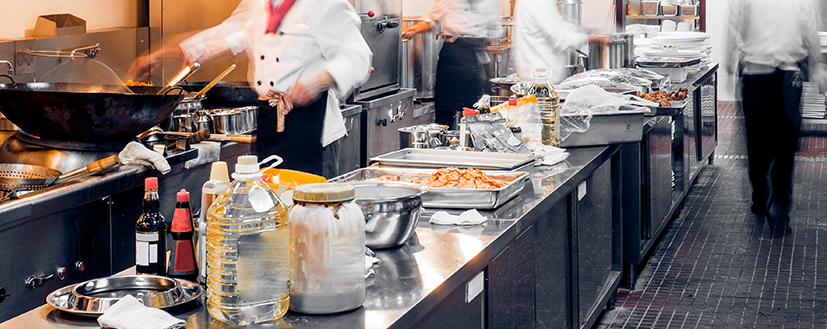
Stainless steel is fundamental in commercial kitchens. It is a durable metallic surface that, if cleaned & maintained properly, can stay shiny & looking like new for years to come. But, did you know cleaning & maintaining your stainless steel is easier than you might think?
Under ordinary conditions, the secret of keeping your stainless steel surfaces bright as new is simple: light but frequent cleaning, usually with no more than a damp cloth. Then dry with a soft cloth. Let’s explore this more in-depth.
Cleaning Your Stainless Steel Equipment (the right way!)
Cleaning stainless steel is an easy task when done regularly & will save you lots of time & money in the long run as you will increase the longevity of tables, sinks, cabinets & other essential equipment.
- Clear away any & all food & water deposits from the surface with a microfiber cloth, soft sponge, or plastic scouring pad– don’t use abrasive tools such as wire brushes or metal scrapers as these may damage the protective layer.
- Once cleared of debris, go over the surface with a food safe stainless steel cleaner. The best chemicals for stainless steel contain alkaline & don’t have chloride in them.
- Once dry, use a food safe stainless steel or metal polish. Follow the grain of the metal to ensure the best results & to avoid further damage to the surface.
For slightly more difficult applications, you may use any of the following:
- Ammonia in water
- Detergent in water
- Alcohol
- Baking soda
- Vinegar
- Turpentine
- Non-gritty abrasives
- Baking soda in hot water – let stand 15 minutes.
For Lime Deposit Build-Ups: use commercial cleaners designed for this purpose – follow directions carefully!
For High Polish Items: use non-abrasive detergents. Rub in direction of polish lines to prevent mar. Do not rub dirt on metal surface. Eliminate fingerprints by applying glass cleaner or automobile wax.
Quick Maintenance Tips
So, you’ve cleaned your stainless steel equipment thoroughly. Nice job! But, what about maintaining that clean & beautiful shine? Here are some important tips to keep in mind:
- Always use the proper tools – remember no abrasive tools!
- Always wipe with the grain.
- Always use alkaline, alkaline chlorinated or non-chloride containing cleaners. Never use cleaners containing chloride.
- Soften hard water with filters to lessen mineral deposits.
- Clean your equipment frequently to prevent food particles from causing pits & cracks.
- Rinse after using any heavy-duty cleaner.
- Restore your stainless steel using nitric or citric acid to strengthen the protective layer.
IMC/Teddy provides detailed installation & care manuals for several manufactured products. Our customer service & engineering team are available to answer any of your stainless steel maintenance questions. Stainless steel is everywhere in a commercial kitchen, but it’s not a totally maintenance-free item. Fortunately, properly caring for your stainless steel equipment is painless.


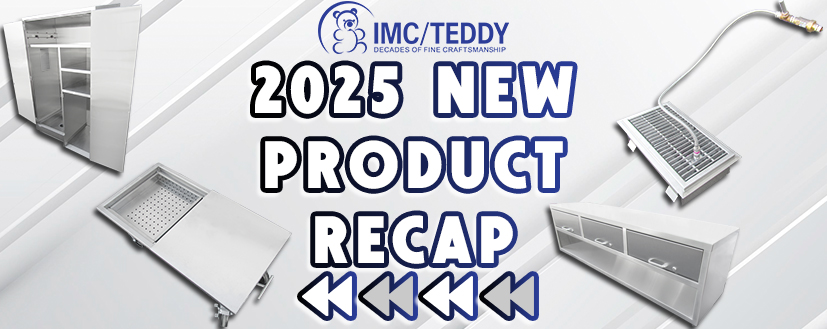
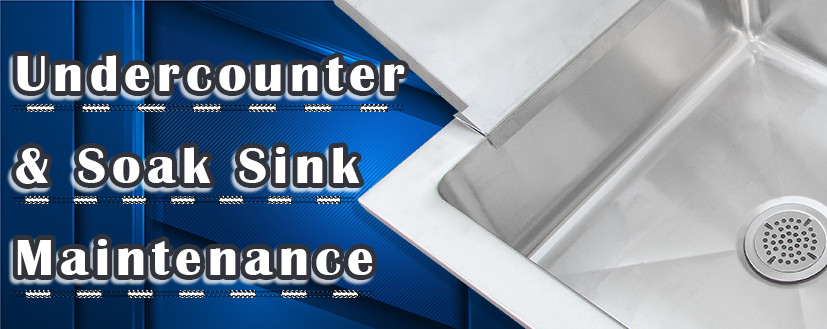
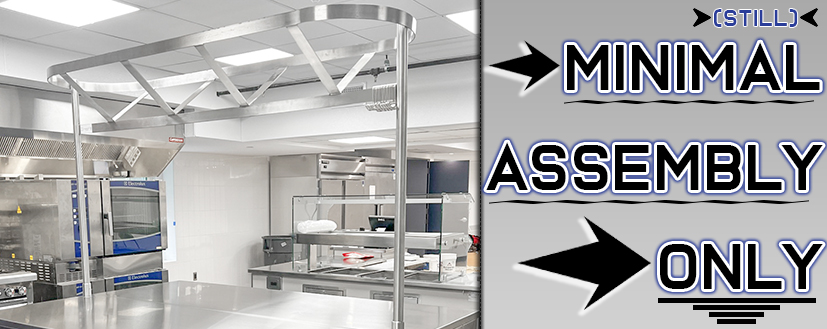
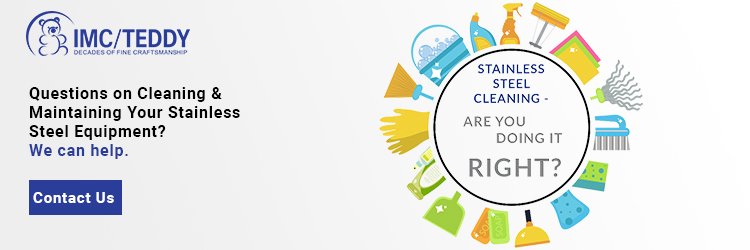
My sister is going to be opening a bakery by the end of the year. She wants to get a lot of stainless steel equipment and work surfaces. Thanks for explaining that it would be smart to use vinegar to help clean it. She might want to also get a professional to help her care for it as well.
Hi Penelope,
Thank you for your cordial words and vinegar is the perfect cleaning solution for stainless steel! In particular, undiluted white vinegar is the best option for maintaining that beautiful shine of stainless steel.
Like!! Thank you for publishing this awesome article.
I was able to find good information from your blog posts.
The polish they buy says to rinse after using and the water is milky color, the bottle doesn’t say it’s safe for food so how do I know it’s safe to try using it or that the other cooks are doing it right while running the risk of it getting on food especially when it leaves no film unless it gets wet
Hi Eric,
If the polish explicitly says that it is not safe for food, then we recommend discontinuing use. Food safety should be a priority when using cleaners. There are much safer options to use such as baking soda or vinegar that shouldn’t have adverse effects on the food & the results will be suitable. Always remember to thoroughly rinse the stainless steel after each wash. Hope this helped.
Recently, my wife’s dad bought stainless steel equipment for the food business he’s planning to start this year. I liked what you said about cleaning stainless steel equipment without using abrasive tools. I’m sure my father-in-law will be glad to read your tips on restoring stainless steel with a protective layer.